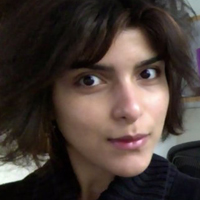Margaret S. Livingstone

Margaret S. Livingstone is best known for her work on visual processing, which has led to a deeper understanding of how we see color, motion, and depth, and how these processes are involved in generating percepts of objects as distinct from their background.
Dr. Livingstone is a professor of neurobiology at Harvard Medical School. Her book, Vision and Art: The Biology of Seeing, illustrates insights in the world of visual art, including an explanation for the elusive quality of the Mona Lisa’s smile (it is more visible to peripheral vision than to central vision) and that Rembrandt, like many artists, may have been stereoblind.
In collaboration with Albert Galaburda’s laboratory, Dr. Livingston’s research on the differences in visual processing in subjects with dyslexia has had a broad impact in the learning-disability field.







 Share
Share









